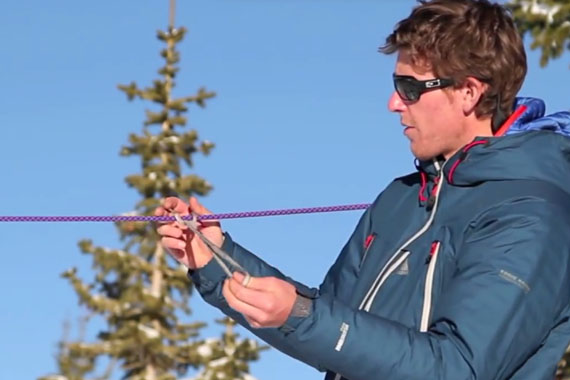They’re not exactly knots, and they’re not really bends either. Hitches are their own breed, and there is a small set worth perfecting.
Clove hitch
Frequently used to attach directly to the anchor. Compared with the figure 8 or a bite, a clove hitch is more easily adjustable.
Girth hitch
A simple hitch used in various situations, one being to attach a sling to a harness. Be carful to never use a girth hitch to connect to slings together as it can cause a significant reduction in strength.
Munter hitch
The munter is an important hitch to master, as it provides an alternate method for belaying or lowering a climber. Even with the proliferation of GriGris and ATCs, the munter is a must-know for unexpected circumstances.
Prusik hitch
Basically a girth hitch plus a couple extra wraps. The prusik is often used to back up a rappel, but can also be used to ascend a rope if necessary. It’s important for the prusik cord to be a couple millimeters smaller than the climbing rope (try 5-7mm cord), as the difference between cord and rope generates gripping strength (bigger difference, greater strength).








